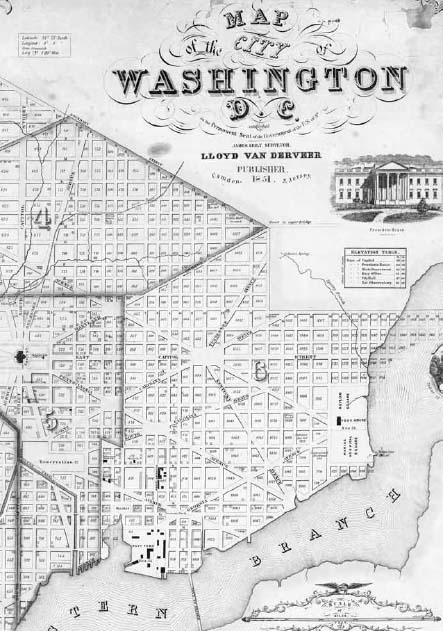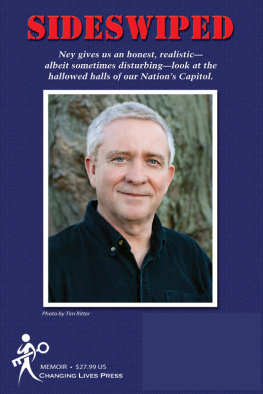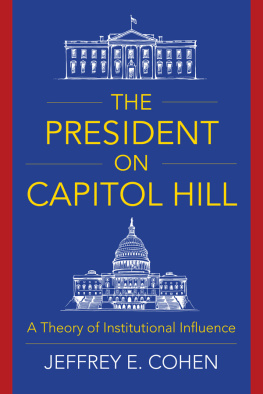
Published by The History Press
Charleston, SC 29403
www.historypress.net
Copyright 2012 by Robert S. Pohl
All rights reserved
All cover images appear courtesy of the Library of Congress.
First published 2012
e-book edition 2012
ISBN 978.1.61423.403.6
Library of Congress Cataloging-in-Publication Data
Pohl, Robert S.
Wicked Capitol Hill : an unruly history of behaving badly / Robert S. Pohl.
p. cm.
Includes bibliographical references.
print edition ISBN 978-1-60949-587-9
1. Crime--Washington (D.C.)--History. 2. Scandals--Washington (D.C.)--History. 3. Capitol Hill (Washington, D.C.)--History. 4. Washington (D.C.)--History. 5. Capitol Hill (Washington, D.C.)--Biography. 6. Washington (D.C.)--Biography. 7. Capitol Hill (Washington, D.C.)--Social conditions. 8. Washington (D.C.)--Social conditions. I. Title.
HV6795.W3P64 2012
364.109753--dc23
2012003705
Notice: The information in this book is true and complete to the best of our knowledge. It is offered without guarantee on the part of the author or The History Press. The author and The History Press disclaim all liability in connection with the use of this book.
All rights reserved. No part of this book may be reproduced or transmitted in any form whatsoever without prior written permission from the publisher except in the case of brief quotations embodied in critical articles and reviews.
Contents
For Antonia and Ian, of course.
Introduction
Perched high on the hill overlooking the National Mall, the Capitol of the United States towers over the buildings surrounding it, its wide wings embracing the neighborhood. As a symbol of government, it is powerful. Its classical architecture projects permanence. The broad stairs in front and back welcome all to see what goes on behind its marble walls. Even the white of its dome suggests the purity of the actions of those who work inside.
It is unfortunate that the deeds of those within so often fall short of the ideals displayed without. Unfortunate, that is, for those involved. For everyone else, the sight of a congressmanor womanfailing has brought much joy.
Numerous books have been written about this phenomenon and seek to connect the American love of scandal with an explication of national character. The bookshelves groan with weighty tomes that seek to make logical sense of this strange morass of public indignation. Careers have been made by those who can elucidate the Teapot Dome scandal, or Watergate, or Abscam. The books thus written are in turn enlightening and infuriating.
This is not one of those books.
This book intends only to amuse and to divert. The stories presented are those that have shown themselves to be the most entertaining, with special emphasis on those in which some high-flying careerist is brought low because of his peccadilloes.
It is also not entirely about scandals, if scandal is defined as misbehavior that the perpetrator would rather not be generally known but became public knowledge anyway. Indeed, many of the instances described herein did not raise the level of public outrage to the point that the word scandal applies, but rather, they are those whose entertainment value is high enough to merit inclusion.

Detail of Lloyd van Derveers 1851 map of Washington, D.C., showing Capitol Hill. Library of Congress.

The Capitol in a snowstorm. January 8, 1939. From the Harris and Ewing collection. Library of Congress.
Although a large number of the scandals have to do with the misbehavior of those who serve in the legislative branch of the United States government, to limit the scope of this book would mean missing out on many wonderful stories perpetrated by those who live in the Washington neighborhood referred to as Capitol Hill. This neighborhood is, by the broadest definition, about four square miles and covers ground from 1st Street NW/SW to the Anacostia River on the south and east and up to Florida Avenue on the north. More restrictive definitions, particularly for the Capitol Hill Historic District, exist as well, but for purposes of this book, we will go with a broader reading.
This particular hill was just one of many low rises in the landscape surrounding the confluence of the Potomac and Anacostia Rivers until one day in 1791, when Peter LEnfant, who had been tasked with laying out a new city on the site selected by President George Washington, came across it and decided that it was a pedestal waiting for a monument, as he wrote in a letter to Washington.
LEnfant also managed to become embroiled in the first scandal on the Hill when he took on Daniel Carroll, one of the large landowners who owned the majority of the city-to-be. Carroll had built a house on a plot of land that LEnfant had deemed part of one of his avenues, so LEnfant reacted as only he could: he had it torn down. Needless to say, this did not go over well with Carroll, and his complaints brought swift retribution to LEnfant, who was sacked from his position.
This event set the tone for the years to come, and whether it was scuttlebutt delivered over the backyard fence or events of national import that were screamed across the pages of newspapers across the country, there has been a steady stream of stories worthy of inclusion in this volume.
Chapter 1
The House of Representatives
When the members of the federal government arrived in Washington, D.C., in November 1800, the city was barely ready for them to get to work. Of the major buildings needed for running the country, only one was even close to completed. The White House, for instance, would remain uninhabitable for a number of weeks, during which time President John Adams found himself in one of the rough-hewn boardinghouses that had sprung up around the Capitol.
From his new digs, Adams could watch builders under the direction of James Hoban add the finishing touches to the new home of Congressor at least a part of it.
Looking at the outside of the Capitol today, there are five major sections to the building: two large wings north and south, which house the Senate and House, respectively; then the central section surmounted by its grand dome; and finally, two small connecting pieces between the wings and the center.
Of these five, only one was ready by the time the Sixth Congress arrived in D.C. to take up its second session. What is today the connector between the central dome and the northern, Senate, wing had been completed to the point where the Senate could begin its work.
It could have, that is, had they had a quorum. As it was, only fifteen of the thirty-two members had arrived by November 17, the date that their work was to begin, and it would be another four days before there were enough senators there so that they could get to work.
Life was considerably more difficult for their colleagues in the lower house. As the wing of the Capitol planned for their use had not yet even been begun, they had to beg the Senate for space. Fortunately, the Capitol had been designed with future expansion in mind, so there was a room within the Senate wing that was as yet unused, and so the 106 members of the House of Representatives were able to get to work themselvesin fact, they managed to have a quorum three days before the Senate.
Next page













